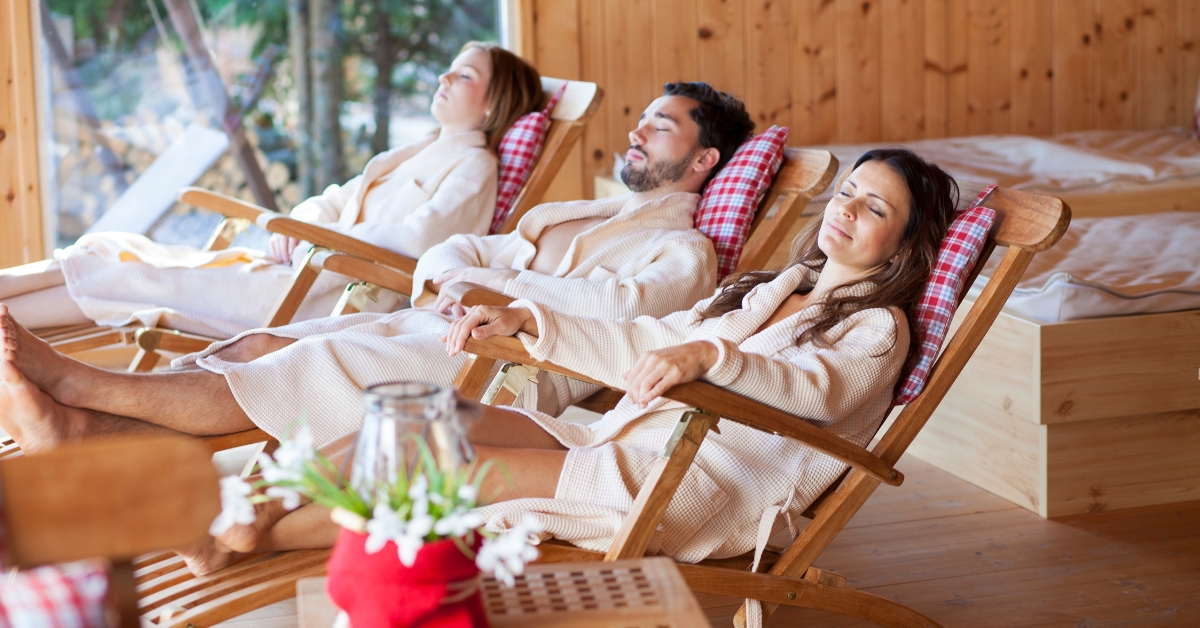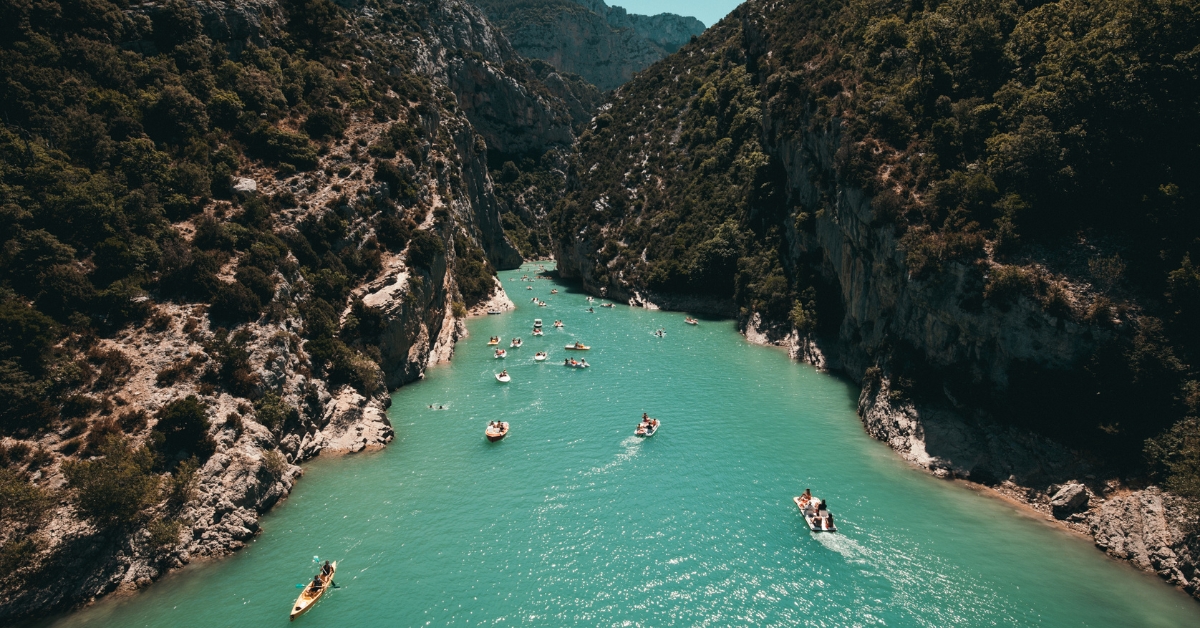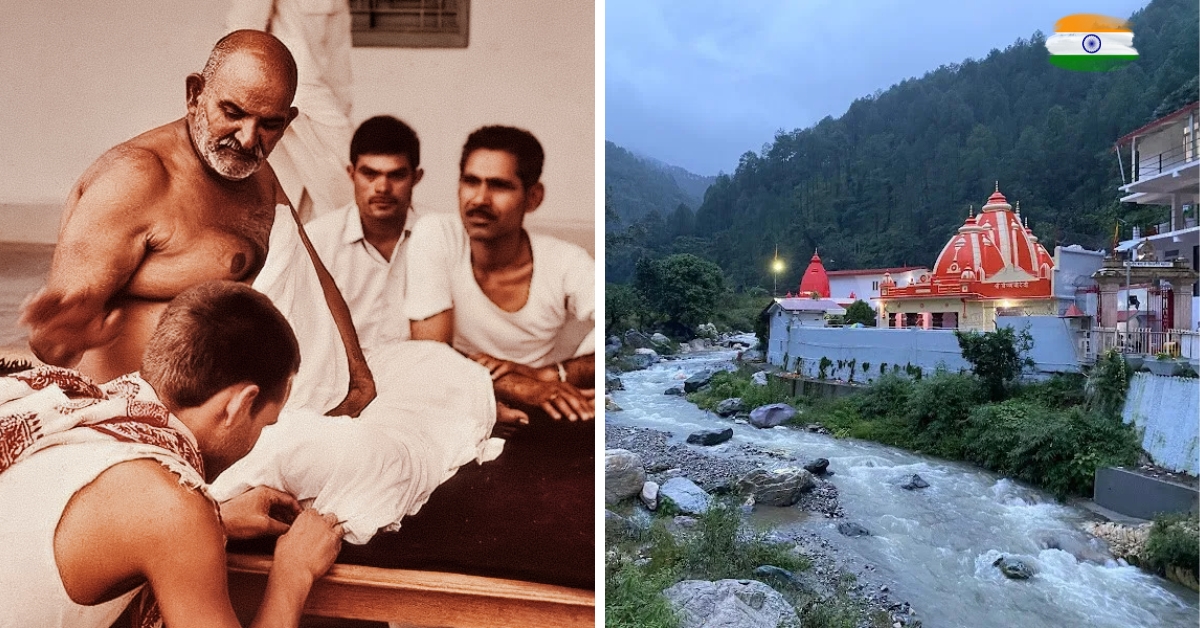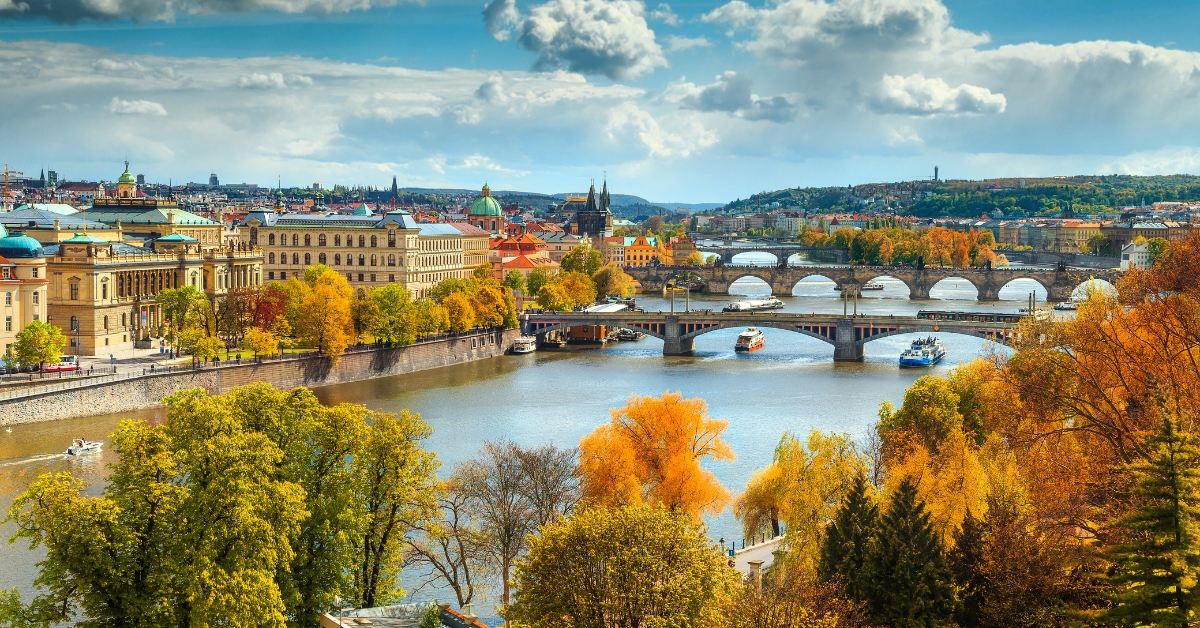Wellness tourism is booming as more people seek meaningful travel experiences focusing on mental, physical, and emotional well-being.
Table of Contents
Wellness Tourism
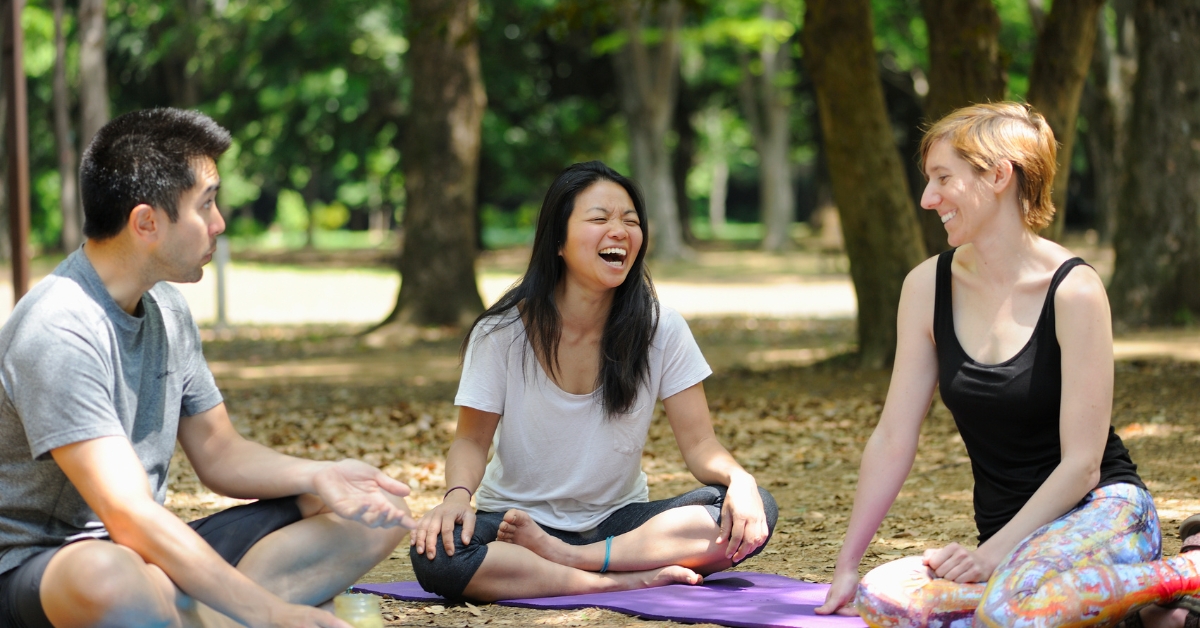
As travelers increasingly seek life-changing experiences beyond typical sightseeing, wellness tourism has emerged as one of the fastest-growing sectors in global travel.
Catering to those looking for physical rejuvenation, mental clarity, and emotional healing, this new trend is reshaping how people approach vacations by offering holistic retreats that promote inner peace and personal development.
The Wellness Tourism Boom
Unlike traditional medical tourism, which focuses on receiving affordable treatments for physical conditions, wellness tourism is a proactive, preventive approach to health.
It emphasizes physical, spiritual, and emotional well-being through holistic practices such as meditation, yoga, detox programs, and alternative therapies.
According to the Global Wellness Institute, the wellness tourism industry is projected to grow at an annual rate of 16.6% through 2027, driven by rising demand for burnout recovery retreats, family wellness holidays, and Indigenous healing experiences.
These retreats attract travelers looking to escape the stresses of modern life and return with a renewed sense of purpose and well-being.
Europe: A Leading Destination for Wellness Retreats
Europe has quickly become a hotspot for wellness tourism, with domestic and international travelers flocking to retreats that blend centuries-old traditions and modern amenities.
Many wellness centers near popular tourist destinations allow participants to combine self-care with sightseeing.
Wellness retreats often take place in serene settings, providing an immersive experience.
Participants stay in well-appointed accommodations featuring infinity pools, saunas, and on-site chefs serving plant-based meals.
Typical activities include yoga, meditation, full-body massages, and sound healing therapies.
These retreats often span seven days and focus on personalized healing, from physical detoxification to emotional and spiritual growth.
Indigenous Healing and Holistic Practices
A growing trend within wellness tourism is incorporating Indigenous healing practices, drawing on ancient wisdom to offer transformative experiences.
One such practice is Ayahuasca, a South American herbal medicine used for centuries in traditional healing ceremonies.
Administered by experienced practitioners, Ayahuasca retreats are gaining popularity among Western travelers seeking to address trauma, mental blocks, and emotional well-being through these natural remedies.
The rise of such Indigenous healing techniques has been fueled by increased interest from public figures, as well as scientific studies highlighting their potential mental health benefits.
These practices offer a deeper, more profound experience than conventional wellness programs.
The Importance of Long-Term Support
What sets modern wellness retreats apart is their focus on long-term well-being.
Many centers offer ongoing support for participants through post-retreat virtual sessions, helping them integrate their newfound knowledge and insights into everyday life.
This continuous care ensures that the retreat’s benefits are not fleeting but have a lasting impact on the individual’s overall well-being.
A New Era in Travel
Wellness tourism represents a paradigm shift in how people approach travel, blending leisure with a focus on self-discovery and holistic health.
As more individuals turn to these retreats for personal transformation, the wellness tourism industry is expected to continue expanding, offering a much-needed respite from the pressures of modern living.
In a world where stress and burnout are increasingly common, wellness retreats allow deep reflection, healing, and personal growth.
Whether seeking physical rejuvenation, mental clarity, or emotional healing, travelers are discovering that wellness tourism offers a unique pathway to a healthier and more balanced life.
